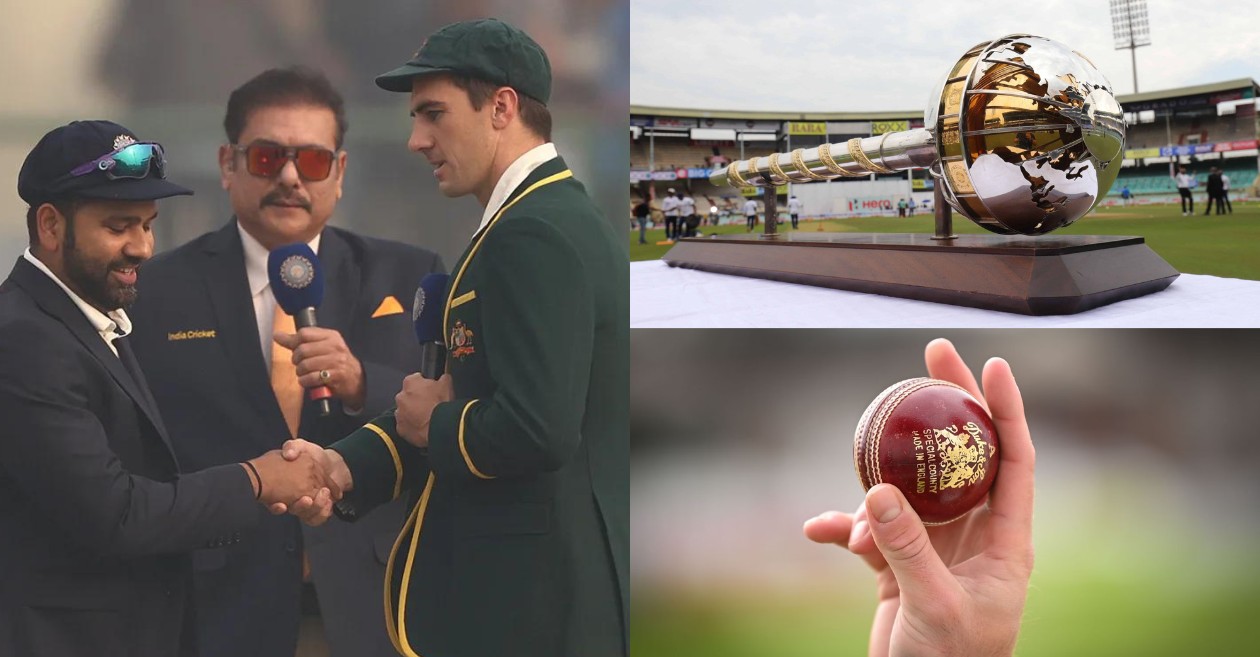Table of Contents
The much anticipated World Test Championship (WTC) Final 2023 is just around the corner, and the International Cricket Council (ICC) has finally announced the ball type which will be used in the summit clash. Notably, the final is to be played between India and Australia at the Kennington Oval Stadium in London from June 7.
With just a few days left for the ultimate battle, ICC chose the ball of the host country for the marquee event, meaning the WTC 2023 Final will be played with Dukes that England commonly uses for their Test matches. While both English conditions and the Duke balls will favour Australia as they are used to playing in swinging conditions, it will be quite a challenge for India, who compete with SG balls back at home and are not friendly with overcast conditions.
On that note, let’s have a look at the difference between Duke, Kookaburra and SG balls:
1) Duke Ball
Duke balls are the preferred choice during test matches in England and the West Indies. Manufactured by British Cricket Balls Ltd., these are hand-stitched and more durable than other ball types. The unique backward stitching contributes to their hardness, allowing them to maintain seam movement over an extended period. The reason behind these balls being used in England is the overcast weather conditions and seam-friendly pitches of the country that create ideal circumstances for swing bowling. Duke balls help the pacers remain effective throughout the game.
2) SG Ball
Sanspareil Greenlands (SG) is an Indian company founded in 1931 and headquartered in Meerut. The balls produced by SG are primarily utilized in test and domestic matches within India. Although SG balls are also known for their hand-stitched craftsmanship and extended durability, they, unlike other balls, particularly excel on pitches expected to deteriorate and favour spinners. Once the initial shine on these balls diminishes, shining one side of the ball enables enhanced swing.
3) Kookaburra Ball
These balls are produced by an Australian company named Kookaburra Sport and are generally used in cricket-playing nations, including Australia, New Zealand, South Africa, Pakistan, Sri Lanka and Zimbabwe. In contrast to Duke and SG balls, Kookaburra balls are machine-stitched. While the inner two seams are stitched by hand, the outer two are stitched using a machine, resulting in an improved grip for the bowler. Consequently, these balls do not swing as much as Duke balls. However, Kookaburra balls are particularly suitable for pitches with high bounce.
